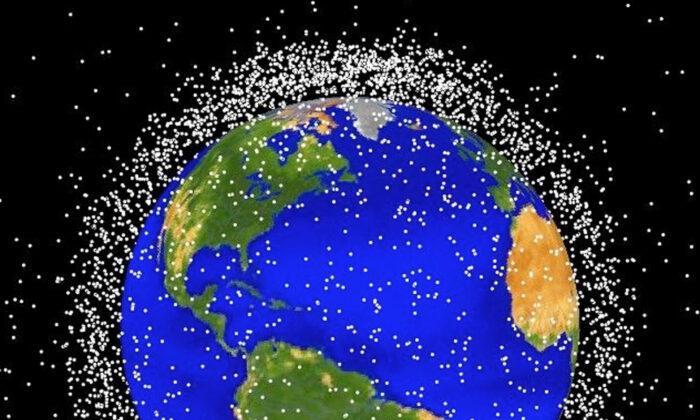A unique observatory in the Australian outback is using FM radio waves to track the thousands of satellites orbiting above the country.
A world-first, the passive radar space observatory is tracking space debris as far as 10,000 kilometers (6214 miles) away.
“We’re seeing increasing traffic in the space domain, so what we’re doing with sensors like this is getting an understanding of what’s happening there to make sure that we can manage the space domain,” says Dr James Palmer, Silentium Defence Chief Executive.
In other words, it’s like a traffic camera watching objects up to 10,000 kilometers (6214 miles) away and trying to avoid an outer space crash.
“The danger of collisions in space is immediate in destroying things that are there but it has an ongoing effect, we still have debris in space from a collision in 2009, again thousands of pieces orbiting the earth,” says Professor Melissa De Zwart, space law expert from Flinders University.
This observatory will help inform the highest levels of government, as well as the space start ups.
And it’s completely off the grid, with these solar panels helping power the project.
The Oculus observatory is located inside a reserve about 120 kilometers (75 miles) northeast of Adelaide, giving it access to some of the clearest and darkest skies above Australia.
“We’ve got all the conditions you need for a flourishing industry in terms of smart people, good government settings, everything about Australia is well set up for it,” says Palmer.
The sky’s the limit for this growing industry in the South Australian outback.





